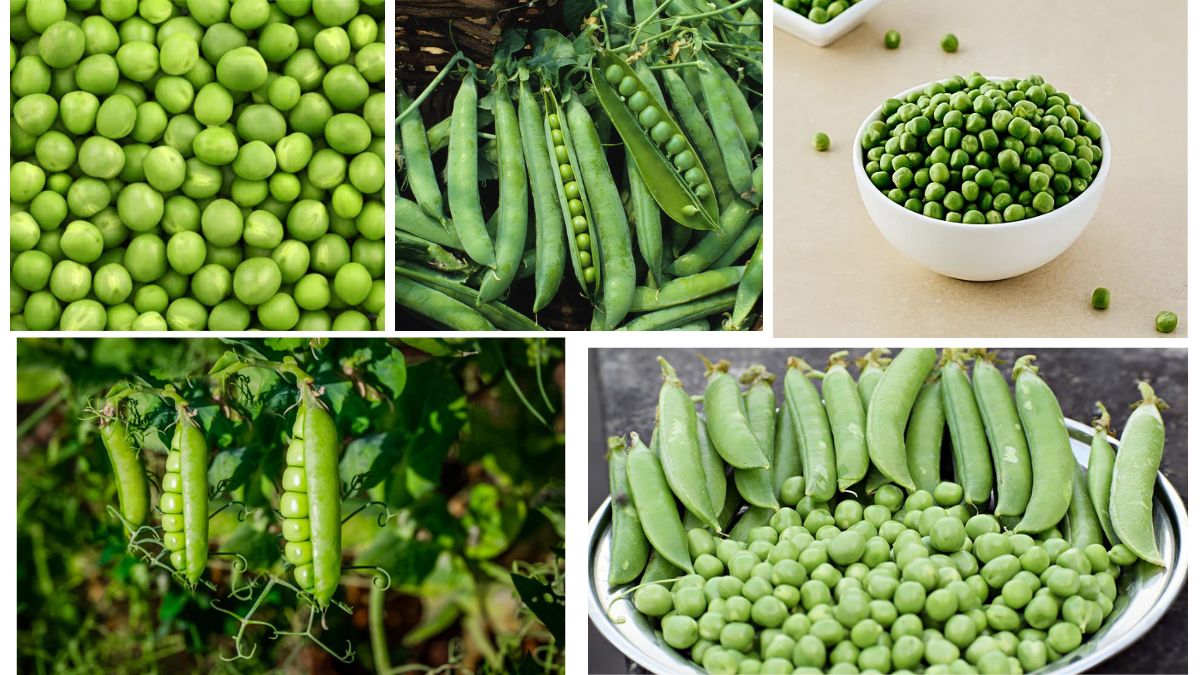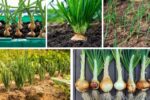Peas, one of the oldest cultivated crops, are an essential part of the global food system. Known for their high protein content, nitrogen-fixing ability, and versatility in various cuisines, peas are grown in nearly every continent. From fresh green peas to dried yellow and green varieties, their cultivation holds significant economic, environmental, and nutritional importance. But among all the pea-producing nations, which country reigns supreme in terms of output? This article delves deep into global pea production and reveals the world’s largest producer, with detailed insights into why and how this country leads the industry.
Understanding the Global Importance of Peas
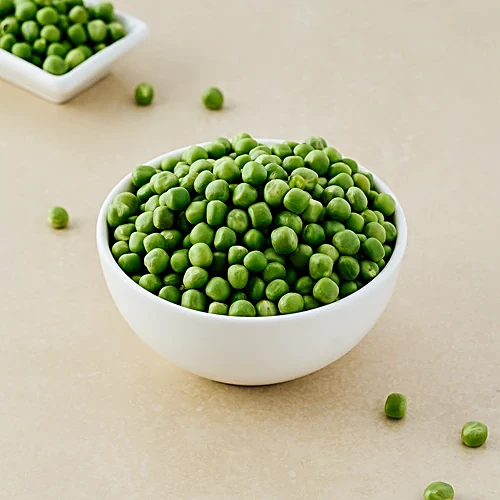
Peas (Pisum sativum) are a cool-season crop grown widely for both human consumption and livestock feed. They are often categorized into:
- Green peas (garden or sweet peas) used in fresh and frozen forms.
- Field peas (including yellow and green dry peas) grown mainly for drying and storage.
Their nutritional profile includes high levels of protein, fiber, vitamins A, B, and C, and several essential minerals. Additionally, they play a pivotal role in sustainable agriculture due to their ability to fix nitrogen, thus enriching the soil naturally.
Top Pea-Producing Countries in the World
According to the Food and Agriculture Organization (FAO), the leading pea producers globally are:
- Canada
- Russia
- China
- India
- France
- United States
- Australia
While several countries make significant contributions, one country consistently outperforms all others: Canada.
Canada: The Largest Pea Producer in the World
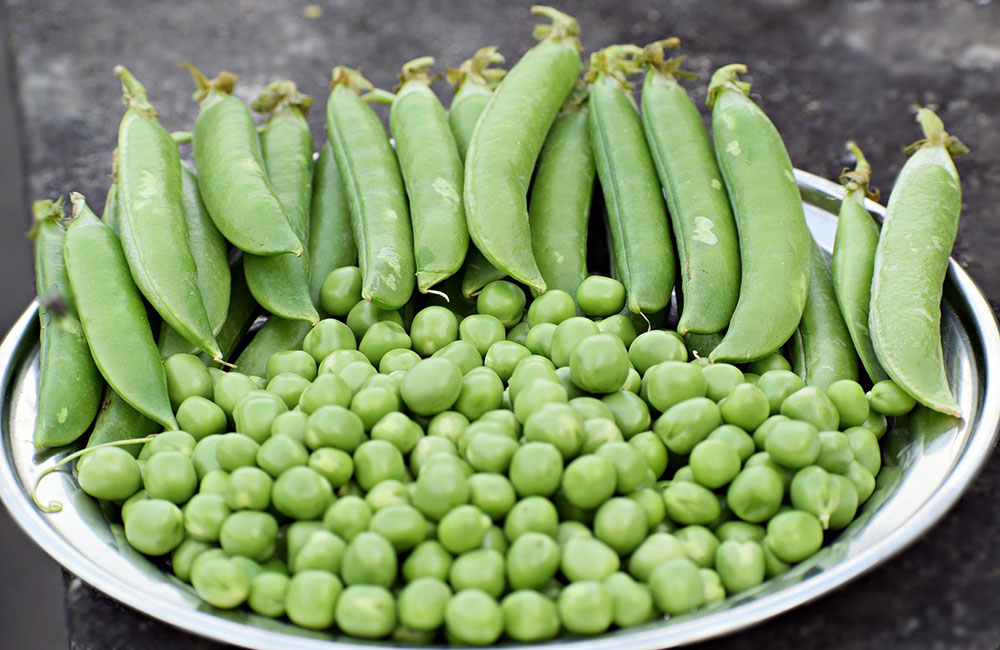
Canada, particularly its prairie provinces such as Saskatchewan, Alberta, and Manitoba, has earned the title of the largest pea producer in the world. With favorable climatic conditions, vast arable land, and advanced agricultural technologies, Canada dominates global pea production, particularly of dry yellow and green peas.
Statistical Snapshot
- Annual Production (2024 est.): Over 3.5 million metric tonnes
- Global Share: Nearly 30-35% of the world’s total dry pea output
- Major Export Markets: China, Bangladesh, India, Pakistan, Turkey
Why Canada Leads the World in Pea Production
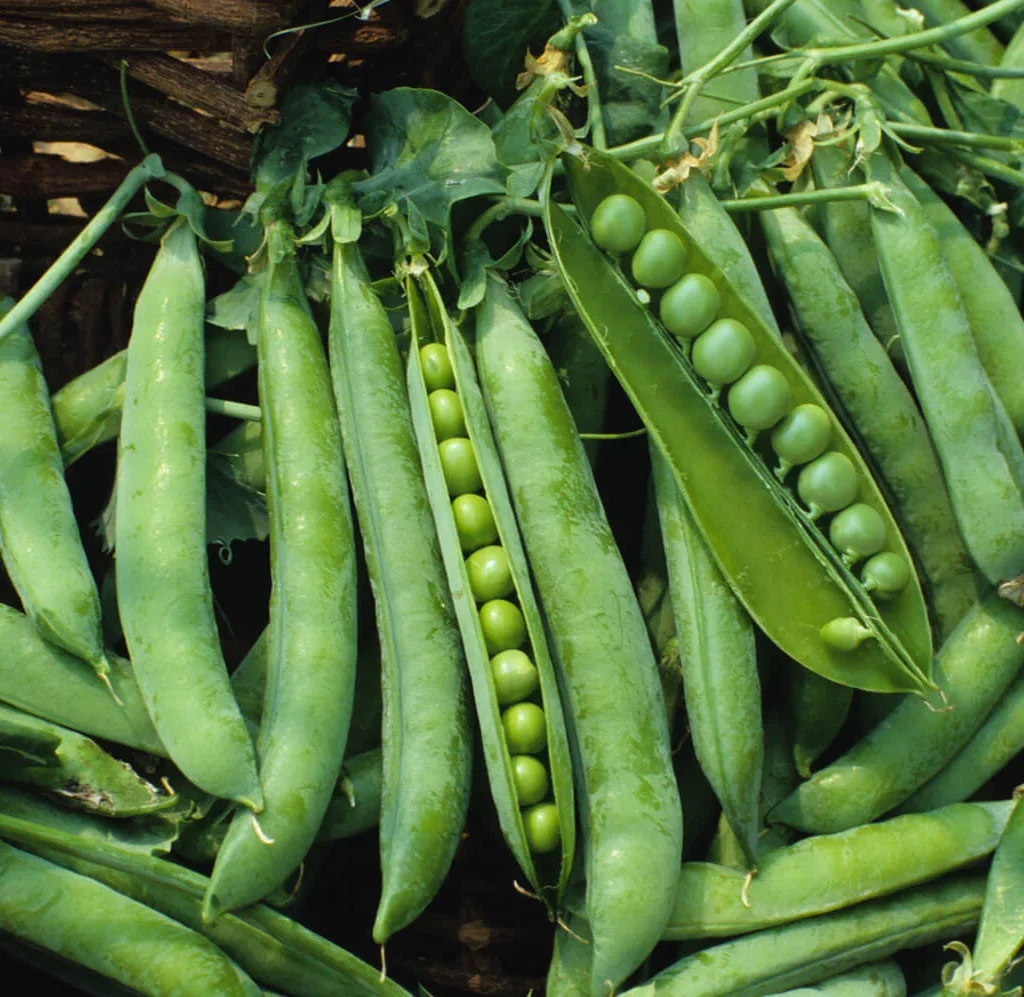
1. Favorable Climate and Soil
Canada’s temperate climate with cool springs and warm summers provides the ideal growing conditions for peas. The black and dark brown soils of the prairie provinces are especially rich in nutrients and organic matter, promoting healthy legume growth.
2. Modern Farming Technology
Canadian farmers benefit from access to state-of-the-art agricultural technologies, including:
- High-efficiency seeding equipment
- Advanced irrigation systems
- Precision farming practices
These innovations boost both yield and quality.
3. Strong Government and Institutional Support
Agriculture and Agri-Food Canada (AAFC) and provincial governments offer extensive research, development, and financial support for pulse growers. Their investments in varietal development and sustainability initiatives have improved disease resistance and productivity in peas.
4. Export-Oriented Production
Canada’s robust infrastructure for storage, transportation, and port access ensures timely exports of peas worldwide. The Canadian Grain Commission also enforces strict quality control and grading systems, boosting international confidence in Canadian peas.
Key Varieties Grown in Canada
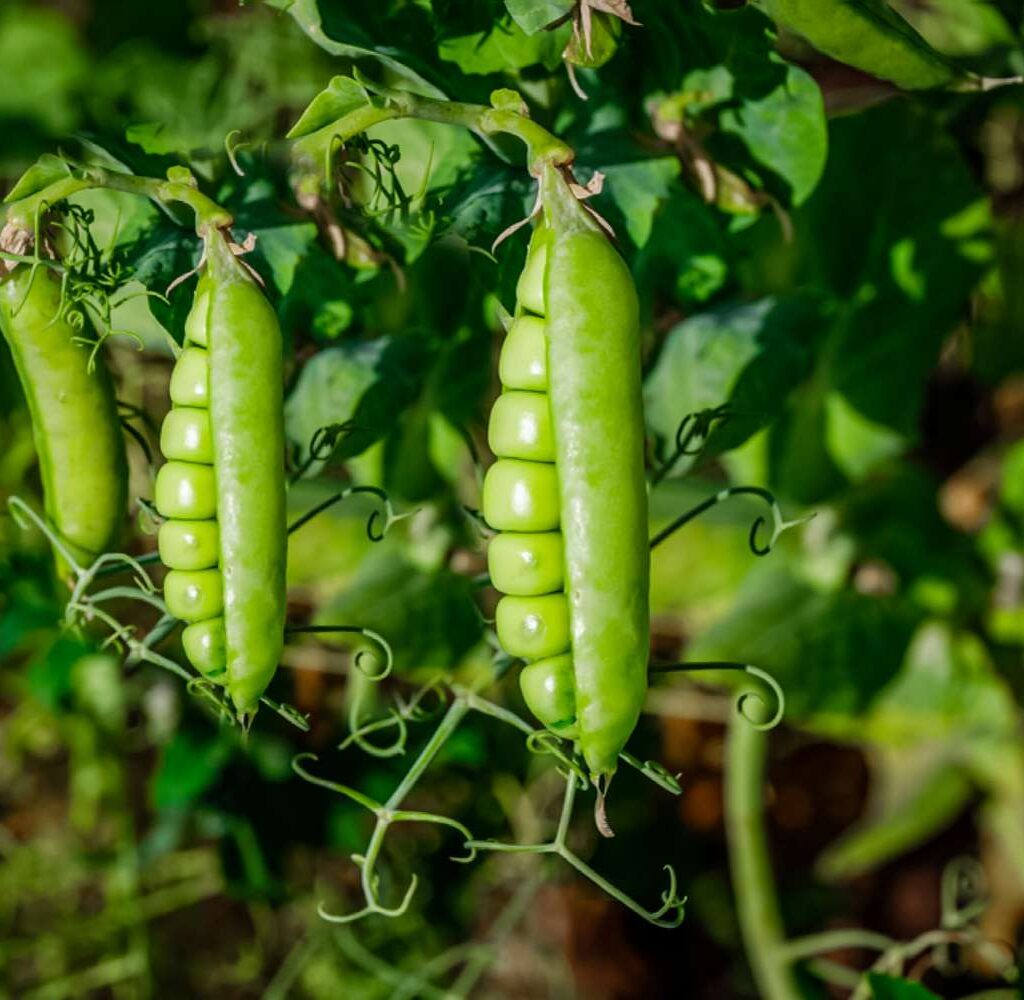
Canada primarily grows two categories of field peas:
- Yellow peas: Most widely cultivated and used in flours, snacks, soups, and plant-based protein products.
- Green peas: Often used in culinary applications, particularly in South Asian countries.
New cultivars developed by Canadian researchers have improved resistance to diseases like powdery mildew and root rot, while also improving yields and protein content.
Canada’s Role in the Global Pea Protein Market
The rise in vegetarian and vegan diets has increased demand for plant-based protein sources. Peas, particularly yellow peas, are a major ingredient in protein isolates used in:
- Meat substitutes (e.g., Beyond Meat)
- Protein shakes
- Gluten-free foods
Canada has capitalized on this trend by attracting investments in pea protein processing facilities, such as the Roquette pea protein plant in Manitoba—one of the largest in the world.
Comparative Overview with Other Leading Producers

| Country | Annual Production (2024 est.) | Notable Traits |
|---|---|---|
| Canada | ~3.5 million tonnes | Largest exporter and processor |
| Russia | ~2.4 million tonnes | Grows mostly field peas for domestic use |
| China | ~1.8 million tonnes | High domestic consumption, limited exports |
| India | ~1.3 million tonnes | Focuses on green peas; used in local cuisine |
| France | ~0.9 million tonnes | Grows both fresh and dry peas |
Challenges Facing Pea Production in Canada
Despite its success, Canada’s pea industry faces several challenges:
- Climate Variability: Droughts and floods can severely affect yields.
- Market Dependency: Heavy reliance on key export markets like China makes Canada vulnerable to trade disputes.
- Pest and Disease Pressure: Increasing incidents of root rot and aphid infestations require constant monitoring and research.
Sustainable Impact of Pea Farming
Peas are environmentally friendly due to:
- Low water usage compared to other protein crops.
- Nitrogen fixation, reducing the need for chemical fertilizers.
- Crop rotation benefits, which help reduce pest buildup and improve soil health.
Canada’s emphasis on sustainable agriculture has positioned peas as a crop of the future, supporting both economic and environmental goals.
Future Outlook
The demand for plant-based foods and sustainable crops is expected to grow substantially in the next decade. Canada, with its established infrastructure, scientific backing, and farmer adoption, is well-positioned to not only maintain its leadership but also expand it.
Opportunities for growth include:
- Developing new export markets in Africa and Southeast Asia
- Increasing processing capacities domestically for value-added products
- Continued investment in drought and disease-resistant cultivars
Conclusion
To answer the thesis question—Canada is the largest pea producer in the world, contributing over one-third of global production. Its dominance is underpinned by a combination of favorable natural resources, advanced agricultural practices, government support, and strategic export focus. As the world leans more towards plant-based and sustainable foods, Canada’s leadership in pea production is poised to become even more significant in the years ahead.
